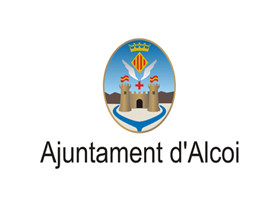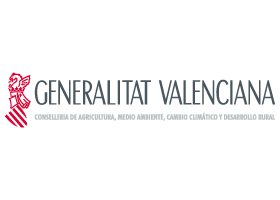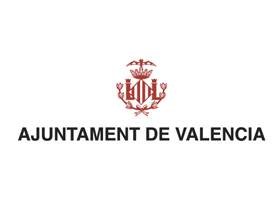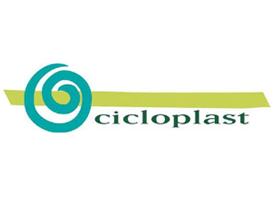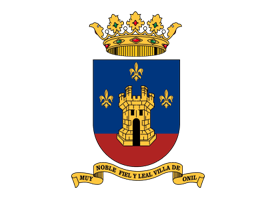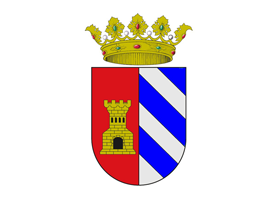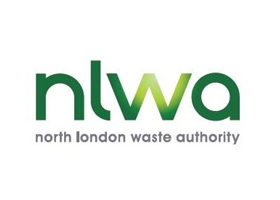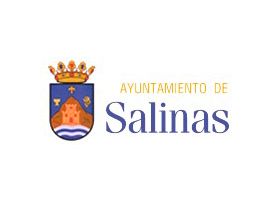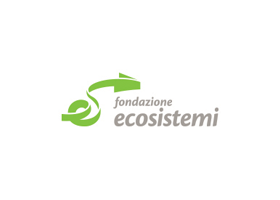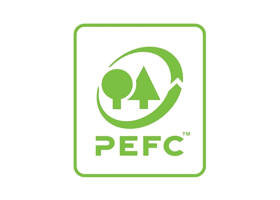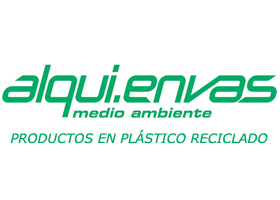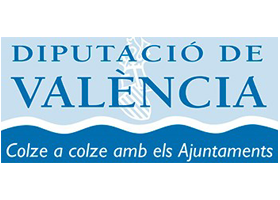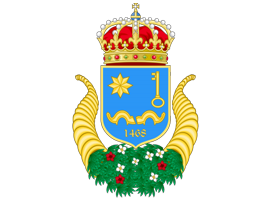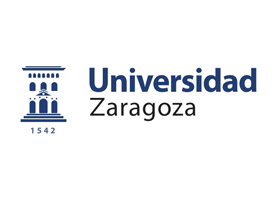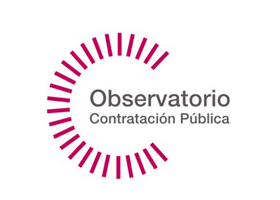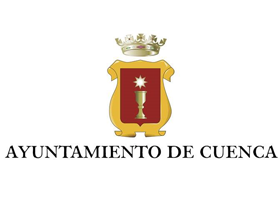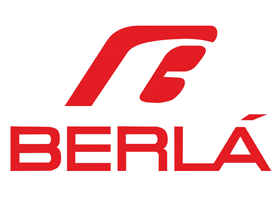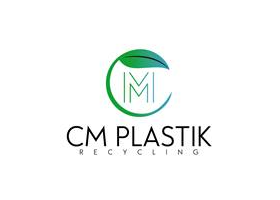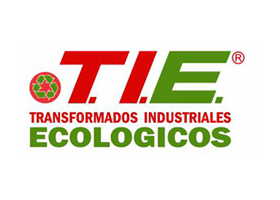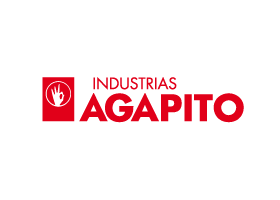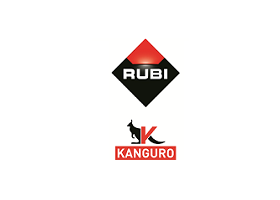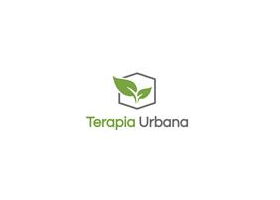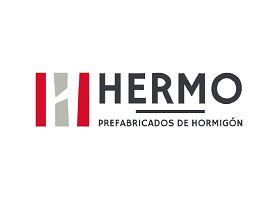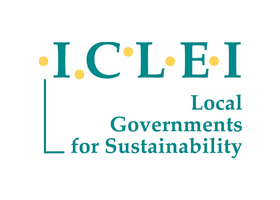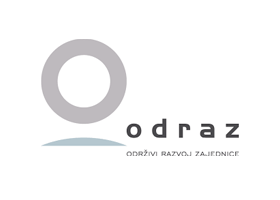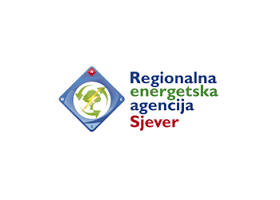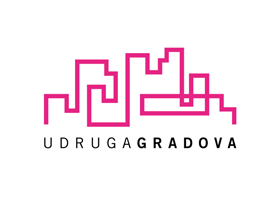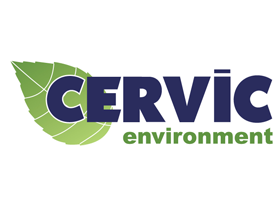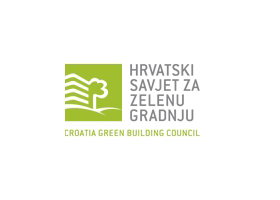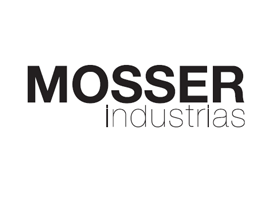In this section, you can access to the latest technical information related to the FUTURE project topic.
ARA, Bernegger and Der Gr?ne Punkt have built Europe's most modern sorting plant in Ennshafen, Upper Austria. With a sorting capacity of 100,000 tonnes per year and 20 tonnes per hour, the plant is three times larger than existing plants in Austria.
TriPlast is currently undergoing commissioning and will start regular operations in the summer of 2024. The plant covers 50 per cent of Austria's sorting capacity for lightweight packaging and has the primary objective of recovering secondary raw materials. The investment of more than ?65 million will generate regional added value and create 60 new green jobs at the Ennshafen Business Park.
Sorting capacity equips Austria for EU recycling quotas
The revised recycling targets of the EU's Circular Economy Package require a substantial increase in the collection of light plastic packaging. With the existing 15 Austrian plants and their sorting capacities of 1,000 to 30,000 tonnes per year, this EU recycling target is currently not achievable. 80% of all packaging must be collected, 80% sorted for recycling and an 80% yield achieved in the recycling process itself. Then the target of a 50% recycling rate for plastic packaging can be achieved. Austria currently stands at 58% x 58% x 78% - and a recycling rate of 25%. With the new TriPlast sorting plant, ARA, Bernegger and Der Gr?ne Punkt have created the capacity and technology in time for 2025.
The current plant infrastructure in Austria ensures a sorting depth of 58% for plastic packaging; the plant of ARA, Bernegger and Der Gr?ne Punkt is expected to achieve 80%. With a hall height of 25 metres, the new plant in Ennshafen, Upper Austria, will be one of the tallest in Europe, ensuring a small footprint and efficient material flow. The site is designed to be logistically sustainable, with direct rail access for simultaneous unloading of up to five block trains, enabling low-emission and climate-friendly transport by rail. The site is in a particularly favourable strategic position in view of the amendment to the Austrian Waste Management Act (AWG). In just a few years, it will be possible to transport more than ten tonnes of waste by rail over distances of just 100 km.
As the light packaging begins its journey through the sorting plant, the waste is unloaded from the yellow bin or yellow bag in the entry hall. The bags are opened by a bag opener and the material is evenly distributed on the conveyor belt. The material is mechanically sorted by size using a drum screen. Films are extracted by air separators, while ballistic separators shake up the material and allow further mechanical separation of the input material into films and shaped objects such as bottles or canisters. Advanced near-infrared sensors are used to separate materials by plastic type and colour. For quality control purposes, all fractions can be removed from the material in a special sorting cabin to remove any impurities or rejects. After this station, the packaging has almost reached the end of its journey in the sorting plant. Pressed into bales, the main fractions are collected for recycling. The majority of the output fractions remain in Austria and are used to make new products such as shampoo and dishwashing liquid containers, bin liners and films.
www.ara.at www.gruener-punkt.de www.bernegger.at

» Publication Date: 21/05/2024
» More Information
« Go to Technological Watch
